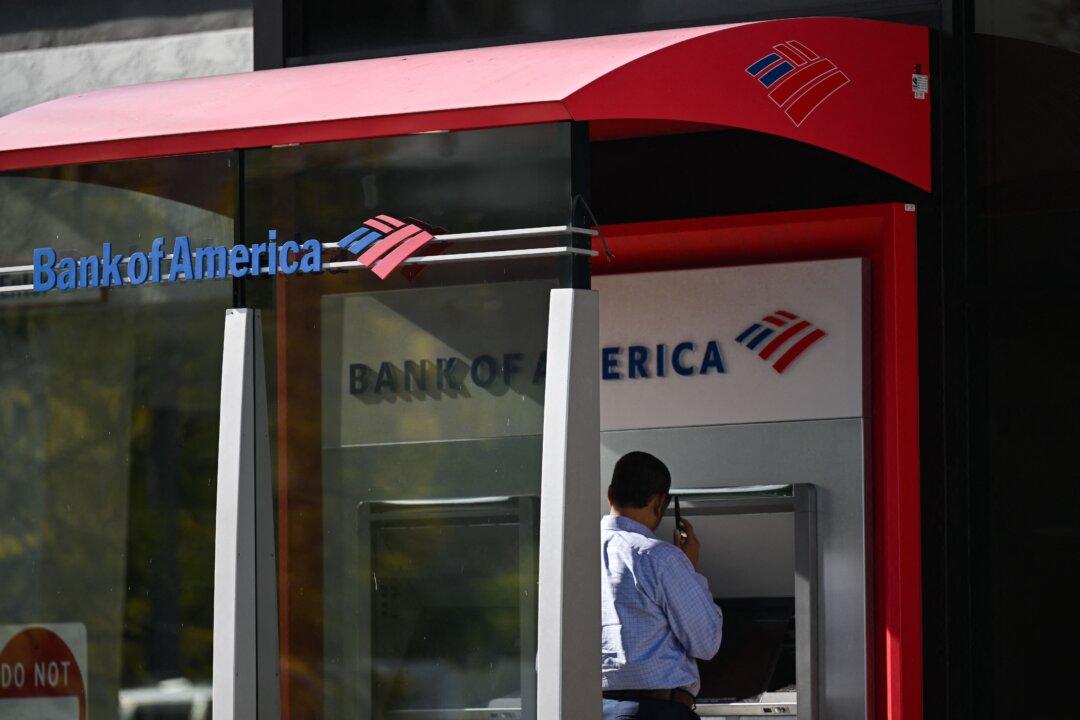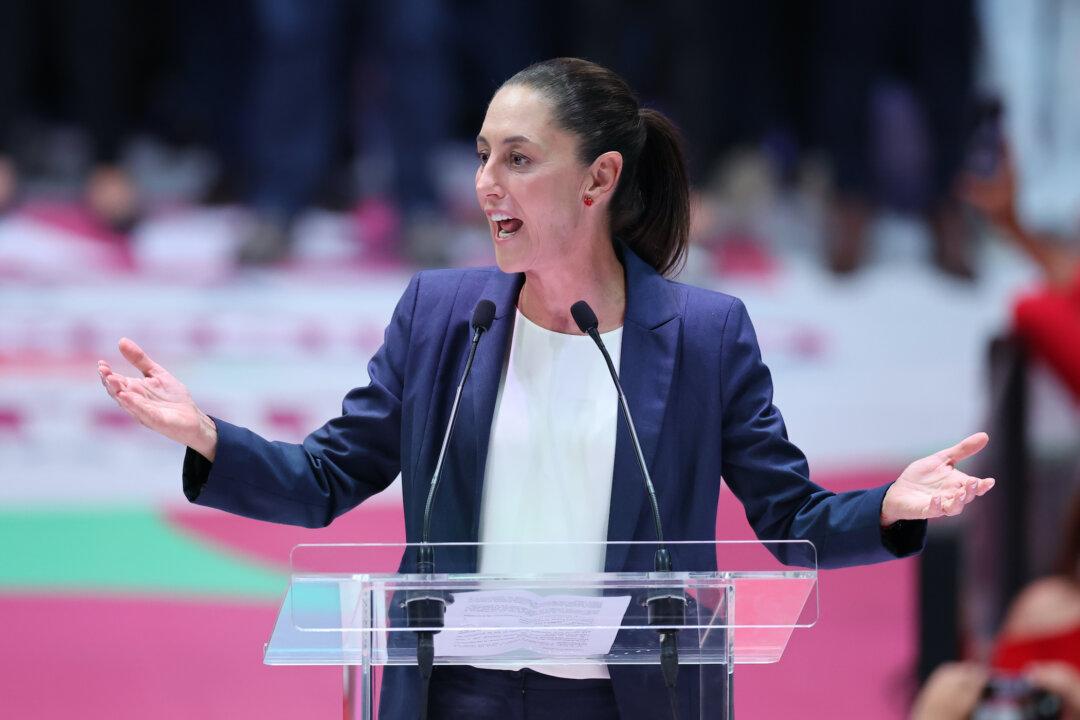Adrian Moore: Decongesting Our Roads and Freeways
During the worst days of the COVID-19 pandemic in 2020, the roads were almost clear of vehicles. That gave those who ventured outside of their homes a chance to see what the state’s highway system was supposed to be like when it was designed. Traffic moved smoothly, almost effortlessly. Then, the lockdown was gradually lifted and it was back to gridlock as usual.Reason Foundation Vice President Adrian Moore was part of the California Performance Review installed by Gov. Arnold Schwarzenegger. Its final report in 2004 proposed 2,500 pages of changes to improve the state, while saving $32 billion over five years. Unfortunately, almost nothing came of that report. I was able to get to know Moore when writing about the effort for the Orange County Register editorial page.
You don’t need a report to know that California’s roads, freeways, and bridges remain in bad shape. Just check your bill with the shock-absorber repair shop. Moore tallied how state spending on infrastructure has almost doubled in the past decade, to $164 billion from $86 billion.
“Yet the state’s infrastructure got worse, because the state squanders what it spends, paying too much for everything, pumping billions into foolish and marginal projects, wasting vast sums on overhead and administration, and just getting terrible bang for the buck,” he said.
What about the $5 billion yearly gas tax the legislature passed in 2017, turbocharging state gas taxes to the highest in the nation?
“The roads have not approved one whit,” Moore said.
How to fix the roads and other infrastructure? Moore recommended:
1. Making infrastructure a priority. It seems obvious, but isn’t being done.
“State policymakers must put infrastructure on the front burner and keep it there for years to ensure the resources spent are yielding results,” he said.
I would add that such reforms would especially reduce the long commutes borne largely by poor workers, who often live an hour or more from their places of work because of the high housing costs covered in Part 1 of this review.
2. Prioritizing projects based on impact and benefits. An obvious change: Cancel the wasteful high-speed rail boondoggle. The estimate now is as high as $100 billion, of which $15 billion already has been blown. Use the saved money for more roads.
Moore also gave construction advice: “Each agency responsible for infrastructure should have an Asset Management Plan.”
Doing so would allocate scarce resources to the projects most needed.
3. Addressing political and management barriers. The permitting process in particular has become ludicrously bureaucratic. Mandates for union workers should be canceled to allow for competition from private firms, reducing costs.
4. Focusing on the long-term life cycle of projects. Crucially, the project should take into account future maintenance costs, something often neglected.
5. Using public-private partnerships.
Steven Greenhut: Dealing With Drought
Book editor Steven Greenhut also wrote this chapter on the state’s perennial battle to get enough water. In 2020, he wrote a full book on the subject, “Winning the Water Wars.” He noted that a six-year drought ended four years ago. And now, we’re beginning a new drought, which could be even more severe.“Yet its arrival seems to have taken California policymakers by surprise,” Greenhut said.
A recent $5.1 billion package of remedies by Gov. Gavin Newsom was designed to offer short-term relief. It didn’t contain much for long-term mitigation.
Here’s the key: “California actually receives enough water through rain, snowpack, and groundwater to fully meet the needs of its still-growing population,” Greenhut said.
He’s assuming, correctly, the recent dip in California’s population won’t last long, with the number rising again. Total urban water use by the populace makes up just 10 percent of state water usage.
He quoted Rep. Tom McClintock (R-Roseville): “Droughts are nature’s fault. They happen. But water shortages are our fault. They are a choice we made when we stopped building adequate storage to meet the needs of the next generation.”
Greenhut recommended an “all of the above” approach to water policy:
1. Build more supply and storage of all kinds, including “increasing surface storage capacity ... building ocean desalination plants ... [and] commissioning wastewater recycling facilities.”
2. Adopt more accurate water pricing systems that incentivize conservation and proper water transfer across this gigantic state. Doing so would discourage such things as growing water-intensive crops in the Mojave desert.
“As always, the marketplace works wonders provided subsidies don’t distort the price signals and the government doesn’t become too much of an impediment through burdensome or antiquated regulations,” he said.
3. Fix the controversial Delta Conveyance System through the Sacramento–San Joaquin Valley. Gov. Jerry Brown sought twin tunnels to solve the problem. Newsom reduced that to one tunnel. It’s supposed to save the environment, while providing water to farmers and others.
Lance Izumi: A Return to Educational Excellence
PRI’s Lance Izumi is California’s premier educational scholar. He’s been a source of mine for more than 25 years. He begins with the dismal news I’ve reported and you’ve probably heard too many times.On the California Assessment of Student Performance and Progress (CAASPP), 49 percent of students tested failed to make grade-level standards. For math, it was 60 percent who failed.
For low-income students, it was 61 percent who failed the English standards and 73 percent the math standards. For Latino students, 59 percent failed English and 79 percent math. For African-American students, 67 percent failed English and 79 percent failed math.
These are terrible tragedies for the miseducated students, what’s called the “achievement gap” with Asian and white students. But we shouldn’t overlook how California can’t possibly continue competing not only nationally but globally with such poor results.
If California’s public schools system were a corporation, it would have gone bankrupt long ago. Yet it continues and gets more funding every year – even as teachers and unions gripe it’s underfunded. Yet, states such as Utah and Texas, with far less funding per pupil, perform much better.
What can be done? The main problem is there’s little competition. And there’s no “merit pay,” meaning the best teachers aren’t rewarded if they transfer to the worst schools. Why should they?
Izumi advances some essential reforms if California is going to restore the world-class reputation for educational excellence it once had.
1. More charter schools. On the CAASPP exam, he wrote, “Latino and African-American charter-school students are closer to reaching grade-level standards than their regular public-school peers.” (It should be noted charters are public schools, but exempt from most of the rigamarole of the state Education Code).
In Los Angeles, charter schools performed better “across every measured subgroup.” The same was true in Oakland.
2. Curb union power. In recent years, the California Teachers Association and the California Federation of Teachers have launched attacks on charters. That obviously has to end.
“While the CTA is the highest spending lobby in Sacramento, many rank-and-file teachers do not support all the positions of the union,” he said.
3. Education Savings Accounts. A new program in West Virginia lets parents use 100 percent of state education dollars, in their case $4,600 per year, for private school tuition, home schooling, or other uses—to which parents can add their own funds.
4. Stop wasting hours and dollars on such foolishness as the recent bill imposing critical race theory indoctrination even on charter school students.
Pat Nolan: Arresting California’s Crime Problem
When I came to the Orange County Register in 1987 to write on California politics, a promising young Republican politician was Pat Nolan, the Assembly minority leader. I remember meeting with him in our offices in Santa Ana, California.Then he was caught in an FBI sting operation later called Shrimpscam. He pleaded guilty to one count of racketeering and went to federal prison. Much like the late Chuck Colson, he did his time, then used his abilities for corrections reform and helping those incarcerated. He was pardoned in 2019 by President Trump.
In Nolan’s chapter, he first noted the “California government is failing to protect its people.” Crime is rising. Homicides in 2020 jumped 27 percent statewide, to 2,300. In 2021, it’s worse, with homicides up 40 percent more in Los Angeles and 36 percent in Oakland.
Was it the pandemic? Nolan noted murders actually dropped in England, France, Italy, Japan, and Mexico.
He put part of the blame on “woke” prosecutors, such as Chesa Boudin in San Francisco and George Gascon in Los Angeles.
“On taking office, each announced a long list of crimes they will no longer prosecute. What arrogance. In doing this, they usurped the constitutional role of the Legislature in deciding what is a crime and what isn’t,” Nolan said.
Nolan said it’s particularly painful for him to see these “charlatans masquerade as criminal justice reformers. I have worked to reform the justice system for the last 25 years. I was instrumental in the passage of the Prison Rape Elimination Act, the Fair Sentencing Act, the Second Chance Act and the First Step Act. I know a phony when I see one, and these ‘woke’ prosecutors are as bogus as that Rolex watch you bought from a street vendor on the streets of New York.”
Nolan laments the poor job done by the California Department of Corrections and Rehabilitation, which produces a 50 percent recidivism rate within five years. Hardened criminals are let out only to commit more crimes.
What is to be done?
1. Help the victims, who “should be involved in all stages of the justice process, and the system should hold offenders accountable to repair the harm they did to the victim. To be meaningful, restitution should be paid directly by the offender” to the victim. Instead, the current system charges the offender a flat fee, which is put into a general fund for victims. “This is a system designed by politicians for politicians.”
2. Prisons definitely are needed to keep the worst offenders off the streets. The inmates need to be better prepared for when they leave.
3. Inmates with addictions need treatment.
4. Don’t lock up the nonserious mentally ill. “They are sick, not bad.” I addressed this in Part 1 of my review in the section on helping the homeless.
5. Prisoners should have access to faith-based programs. “Yet, many prisons make it difficult for religious volunteers to work with inmates,” even though it’s well known religion can help them reform. The reason isn’t animus toward religion, but having to do more paperwork.
6. Parole violations must have consequences.
7. Focus parole officers on inmates who pose the greatest threats.
8. Make prison safer for staff, volunteers and inmates.
9. Sentences should match the severity of the crime.
10. Volunteers offer something government can’t.
“Having a good, moral person to help offenders think through the decisions that confront them as they leave prison makes a huge difference in whether they can stay out of trouble and become contributing members of the community,” Nolan said.





